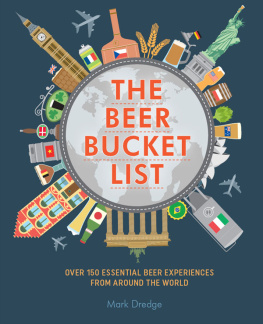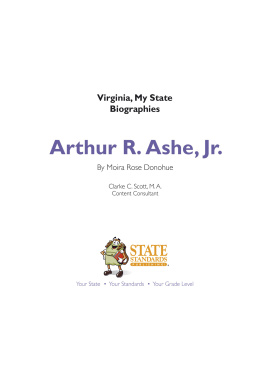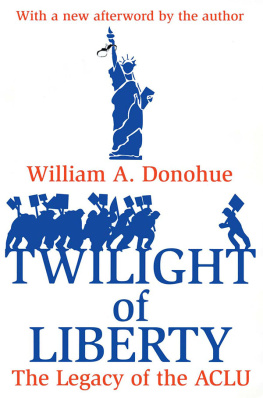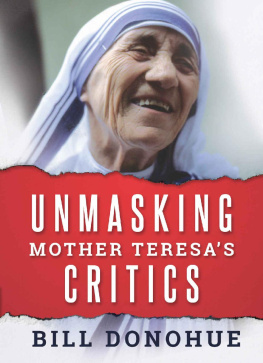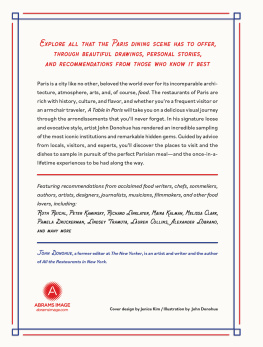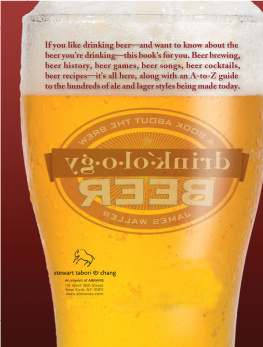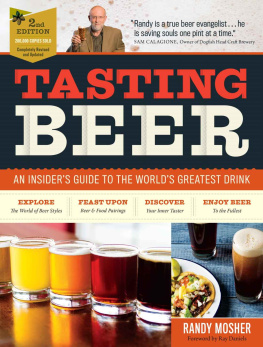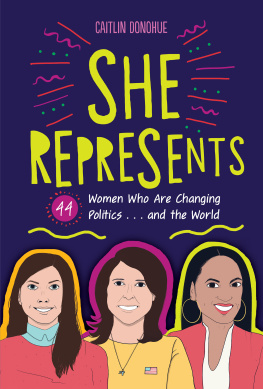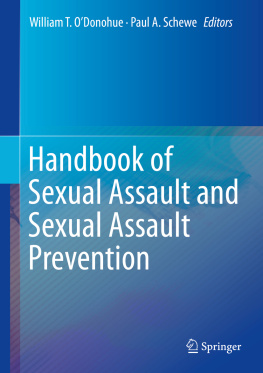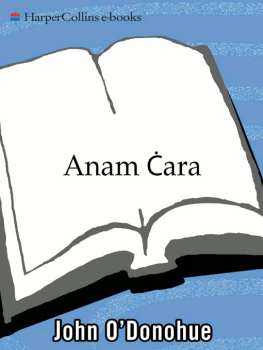John Chick Donohue - The Greatest Beer Run Ever
Here you can read online John Chick Donohue - The Greatest Beer Run Ever full text of the book (entire story) in english for free. Download pdf and epub, get meaning, cover and reviews about this ebook. year: 2020, publisher: William Morrow, genre: Adventure. Description of the work, (preface) as well as reviews are available. Best literature library LitArk.com created for fans of good reading and offers a wide selection of genres:
Romance novel
Science fiction
Adventure
Detective
Science
History
Home and family
Prose
Art
Politics
Computer
Non-fiction
Religion
Business
Children
Humor
Choose a favorite category and find really read worthwhile books. Enjoy immersion in the world of imagination, feel the emotions of the characters or learn something new for yourself, make an fascinating discovery.
- Book:The Greatest Beer Run Ever
- Author:
- Publisher:William Morrow
- Genre:
- Year:2020
- Rating:5 / 5
- Favourites:Add to favourites
- Your mark:
- 100
- 1
- 2
- 3
- 4
- 5
The Greatest Beer Run Ever: summary, description and annotation
We offer to read an annotation, description, summary or preface (depends on what the author of the book "The Greatest Beer Run Ever" wrote himself). If you haven't found the necessary information about the book — write in the comments, we will try to find it.
The Greatest Beer Run Ever — read online for free the complete book (whole text) full work
Below is the text of the book, divided by pages. System saving the place of the last page read, allows you to conveniently read the book "The Greatest Beer Run Ever" online for free, without having to search again every time where you left off. Put a bookmark, and you can go to the page where you finished reading at any time.
Font size:
Interval:
Bookmark:

Map design: Adam Cross (adamcrossartwork.com)
FOR THERESA ONEILL DONOHUE
AND FOR GEORGE RUSH AND EAMON RUSH
In November 1967 John Chick Donohue was a twenty-six-year-old US Marine Corps veteran working as a merchant seaman when he was challenged one night in a New York City bar. The men gathered at this hearth had lost family and friends in the ongoing war in Vietnam.
Now they were seeing protesters turn on the troopsboys eighteen, nineteen years of ageas they showed up at the draft board when called. One neighborhood patriot proposed an idea many might deem preposterous: one of them should sneak into Vietnam, track down their buddies in combat, and give each of them a beer, a bear hug, laughs, and words of support from back home. Chick volunteered for the mission.
Thus began his odyssey, which would stretch from Qui Nhon Harbor on the coast of the South China Sea; up north to the tense demilitarized zone, or DMZ, pushing against North Vietnam and Laos; to the Central Highlands along the border of Cambodia; to the US militarys huge bulls-eye of an ammunition depot at Long Binh; and then all the way south to Saigon, the capital of South Vietnamall in search of his friends.
Things did not go exactly as planned, but Chick did return to America, where he continued to look out for his friends and other working people. During the bitter 1990 New York Daily News strike, when he was working for the Teamsters, who supported the strikers, Chick found out that a freight train full of newsprint paper from Canada was headed to New York so that management could publish a scab paper. Chick paid a visit to workers at an upstate train yard, and, somehow, the train was intercepted and got lost. In North Dakota.
When Congress was going to cut funding for New Yorks water tunnel and subway projects in the 1980s, Chick was by then a sandhogone of the urban miners who work the dangerous job of excavation and construction of the citys underground tunnels used to transport water, subways, trucks and cars. At the same time, he was a lobbyist for the Sandhogs union, Laborers Union Local 147. Hed work in The Hole in the morning and then take the train to Washington in the afternoon to try to convince the politicians to see the light. Ultimately, he did it by taking them into the dark; bringing a group of senators and House members seven hundred feet below the sidewalks in a cage elevator into the dripping caves. Despite their pleas to be taken back to the surface, Chick delayed their ascent until they pledged to vote yes on infrastructure. He was later accepted at Harvard Universitys John F. Kennedy School of Government as a masters candidate, but rather than tiptoe around, he helped organize an employees union with slogans such as You Cant Eat Prestige. And when his friend the author Frank McCourt, whose bestselling 1996 memoir recounted his impoverished upbringing primarily in Ireland, received threats before he was to give a public reading in Ireland, Chick flew over with a hulking alleged New York mobster so that he could stand next to McCourt as he read. There was no trouble.
You get the picture. Chick is the subject of many an amazing story, but the one you are about to read is the best.
JTM
We were in Doc Fiddlers one cold night in November 1967. It was a favorite bar in the Inwood neighborhood of Manhattan, at 275 Sherman Avenue, above Isham Street. George Lynch was the bartender. We called him the Colonel. It was an honorary title, since he had made only private first class in the army. But he was a great military historian and patriot.
One day the Colonel commandeered the empty lot on the corner and erected a gigantic flagpolesomething you might find in Central Park or in front of a government building. Its still there. Every morning, he would ceremoniously raise the flag; every sunset, he would lower it. Each Memorial Day and Fourth of July, the Colonel would organize a parade up Sherman Avenue. He tapped his connections to make it huge. He got Bill Lenahan, who was the commanding officer of the US Marine Corps Reserve at Fort Schuyler, the nineteenth-century fort in Throggs Neck thats now home to the State University of New Yorks Maritime College and Museum, to literally send in the marines to march. The Colonels efforts took on an even greater urgency now that we were at war in Vietnam and with so many of our neighborhood boys serving there.
The Colonel got Finbar Devine, a towering man who lived up the street and who headed the New York City Police Department (NYPD) Pipes and Drums of the Emerald Society, to lead the flying wedge of kilted bagpipers and drummers while wearing his plumed fur Hussars hat and thrusting his mace heavenward. Father Kevin Devine, Finbars brother and the Good Shepherd Parish priest, got all the priests and the nuns and the kids from the Catholic school to march, too. Another Devine brother was with the Federal Bureau of Investigation, and the Colonel convinced him to organize a contingent of FBI agents to come out from under cover and march. The Colonel was beautifully crazy.
He treated the boys who came back from the war like kings. At Doc Fiddlers, they didnt pay for a drink. Around the corner from the bar, in what we called the Barracks, he lived in a room with two army surplus bunk bedsone for himself and one for any GI whod come home and needed a place to stay.
Behind the bar, the Colonel ruled. He listened and laughed and could tell a story like your Irish grandfather, doing every accent and voice, no word astray, with a finish that would cure your asthma laughing. But he was tough, and those who engaged in tomfoolery on his watch were soon jettisoned.
The Colonel had become unhappy lately with what he was seeing on news reports about the war. Antiwar protesters were turning anti-soldier. Not just antiPresident Lyndon Baines Johnson, who escalated the conflict hed inherited from President John F. Kennedy by increasing the troops from JFKs 16,000 to half a million. Nor were they strictly focused on General William Westmoreland, commander of US forces in Vietnam, who was asking for even more troops to be deployed. Protesters were now training their sights on teenagers whod been drafted, and on veterans whod come home from a hell they couldnt express. We were told that when the neighborhood boys had gone down to the draft board on Whitehall Streetmany so inexperienced that their fathers or older brothers accompanied themtheyd been met by picketers carrying signs that read, GIs Are Murderers.
As these news scenes played out on the TV above the bar, the Colonel didnt hide his disgust.
You know how demoralized they must be while theyre over there doing their duty? he would growl. Weve got to do something for them!
Yeah! shouted the assembled.
Weve got to show them we support them!
Thats right!! came the shouts, even louder.
Somebody ought to go over to Nam, track down our boys from the neighborhood, and bring them each a beer!
Yeah!!Wait. What?
You heard me! Bring them excellent beer, bring them messages from back home. Bring them... encouragement. Tell them were with them every step of the way!
The Colonel folded his arms on the bar and looked me dead serious in the eyes. Chickie, he said, I want to borrow your seamans card.
It sounded more like an order than a request.
I was a US merchant mariner, a civilian seaman working on tankers and other commercial ships. I had joined after serving in the US Marine Corps for four years into the early 1960s.
Font size:
Interval:
Bookmark:
Similar books «The Greatest Beer Run Ever»
Look at similar books to The Greatest Beer Run Ever. We have selected literature similar in name and meaning in the hope of providing readers with more options to find new, interesting, not yet read works.
Discussion, reviews of the book The Greatest Beer Run Ever and just readers' own opinions. Leave your comments, write what you think about the work, its meaning or the main characters. Specify what exactly you liked and what you didn't like, and why you think so.


